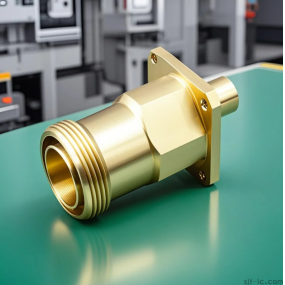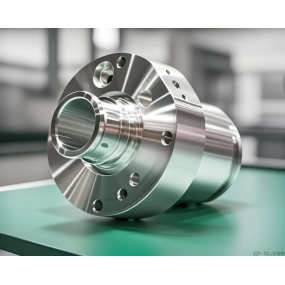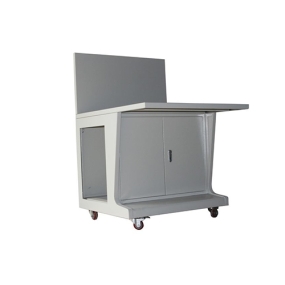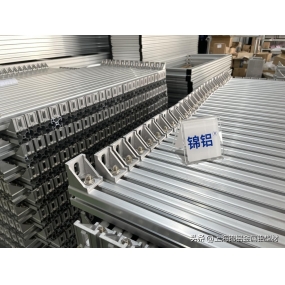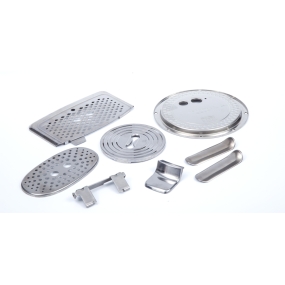We may not know much about stamping parts, so what are stamping parts? Stamping parts rely on presses and dies to apply external forces to plates, strips, pipes and profiles to cause plastic deformation or separation, so as to obtain the desired shape and size of the workpiece (stamping parts). "
When we need to process our own parts, we imagine stamping parts processing, but sometimes stamping parts processing may not meet the requirements. Don‘t worry about this, we will solve it.
The shape and size of stamped bending parts do not meet the requirements is a frequent quality problem in production. There are many reasons, but the main reason is the rebound of the material and the unstable position.
The springback of the stamping parts leads to unqualified:
From the analysis of the bending deformation process, it can be seen that the forces on both sides of the neutral layer are in opposite directions (external stretching, internal compression). After bending, the elastic recovery directions of the materials on both sides of the neutral layer are opposite, resulting in a significant rebound.
Bending deformation is usually limited to a local area of the material, the rest of the material is free, and the elastic jump is less constrained by the overall size, so the shape of the stamped part changes greatly.
When the width of the workpiece is more than 3 times the thickness of the material, the bow may sag along the width direction of the bending line, so there are some measures to overcome the rebound.
The main measures are:
1) Set the reinforcing ribs on the workpiece. Pressing the reinforcing ribs on the bending will make the rebound of the bent parts more difficult, thereby improving the dimensional accuracy of the bent parts and the stiffness of the bent parts.
2) Stamping parts are made of materials with high elastic coefficient, low yield limit, and stable mechanical properties.
3) Use correction (correction) bending when bending V-shaped parts.
4) When bending U-shaped parts, the stamping die uses a smaller gap.
5) The billet is annealed before firing to increase plasticity.
6) Use a small stamping fillet radius to prevent performance and workpiece cracking.
7) Convex, die structure method 3360 curved U-inch, stamping and upper plate using a cylindrical surface with a radius of about 20t, T is the material thickness), after bending, use the lower half to counteract the rebound of bending. Or, make the u-shaped bending punch to be inclined in both directions. If the thickness of the bending material is greater than 0.8mm and the plasticity is good, the stamping can be made into the shape shown in the figure below.
8) For circular bending with a large bending radius, a pulling process can be used.
9) Use a force much greater than the actual required bending force to create a corrective bend during the bending process.


 Spanish
Spanish Arabic
Arabic French
French Portuguese
Portuguese Belarusian
Belarusian Japanese
Japanese Russian
Russian Malay
Malay Icelandic
Icelandic Bulgarian
Bulgarian Azerbaijani
Azerbaijani Estonian
Estonian Irish
Irish Polish
Polish Persian
Persian Boolean
Boolean Danish
Danish German
German Filipino
Filipino Finnish
Finnish Korean
Korean Dutch
Dutch Galician
Galician Catalan
Catalan Czech
Czech Croatian
Croatian Latin
Latin Latvian
Latvian Romanian
Romanian Maltese
Maltese Macedonian
Macedonian Norwegian
Norwegian Swedish
Swedish Serbian
Serbian Slovak
Slovak Slovenian
Slovenian Swahili
Swahili Thai
Thai Turkish
Turkish Welsh
Welsh Urdu
Urdu Ukrainian
Ukrainian Greek
Greek Hungarian
Hungarian Italian
Italian Yiddish
Yiddish Indonesian
Indonesian Vietnamese
Vietnamese Haitian Creole
Haitian Creole Spanish Basque
Spanish Basque


